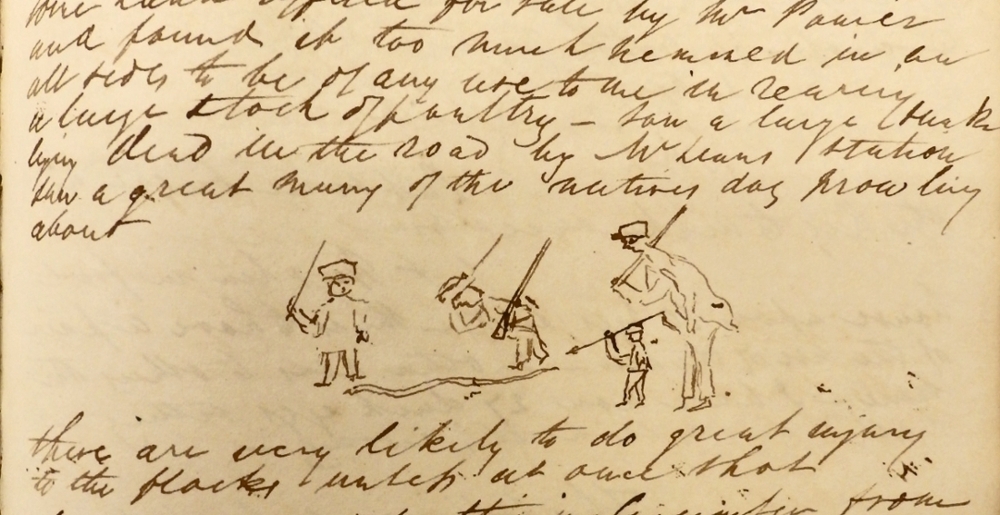I am a historian of medicine, animals and the environment. In particular, I research the ways that perceptions of risk, whether in relation to disease or dangerous animals, have constructed cultural, social, and political responses and have framed and demarcated spaces, geographies, and national identities within the period from the 1850s to the 1950s. My work ranges from Britain to Australia, the United States, and parts of the British Empire through the movement of migrants and colonists whose settlement in new places was shaped by the perceived dangers of disease or animals within the environment.
My first book, The English System: Quarantine, Immigration and the Making of a Port Sanitary Zone, was published by Manchester University Press in 2014. The book has been shortlisted for the Royal Historical Society Whitfield Prize for best first book published in 2014 on a British or Irish history subject.
My new project takes my interests in ideas about perceived and real dangers, borders and category making, to Australia. Focusing on the dangerous native animals of Australia, I place Europeans in the penal colonies, as well as later free settlements, within a landscape of creatures that helped to set the spatial boundaries of settlement while not not always respecting the creation of colonized space or ‘civilised’ domains. The medical and environmental concerns and consequences of these interspecies interactions were mediated and understood through local, imperial and global knowledge sharing. Yet, while I look outward in my analysis, I am also interested in the small, scuttling and slithering creatures that hid in the woodpiles and under the floors of European homes and workplaces, and lurked just beneath the surface of the water that surrounded the settlements.
I am President of the Australian and New Zealand Studies Association of North America (ANZSANA).


 The College of Arts + Sciences
The College of Arts + Sciences